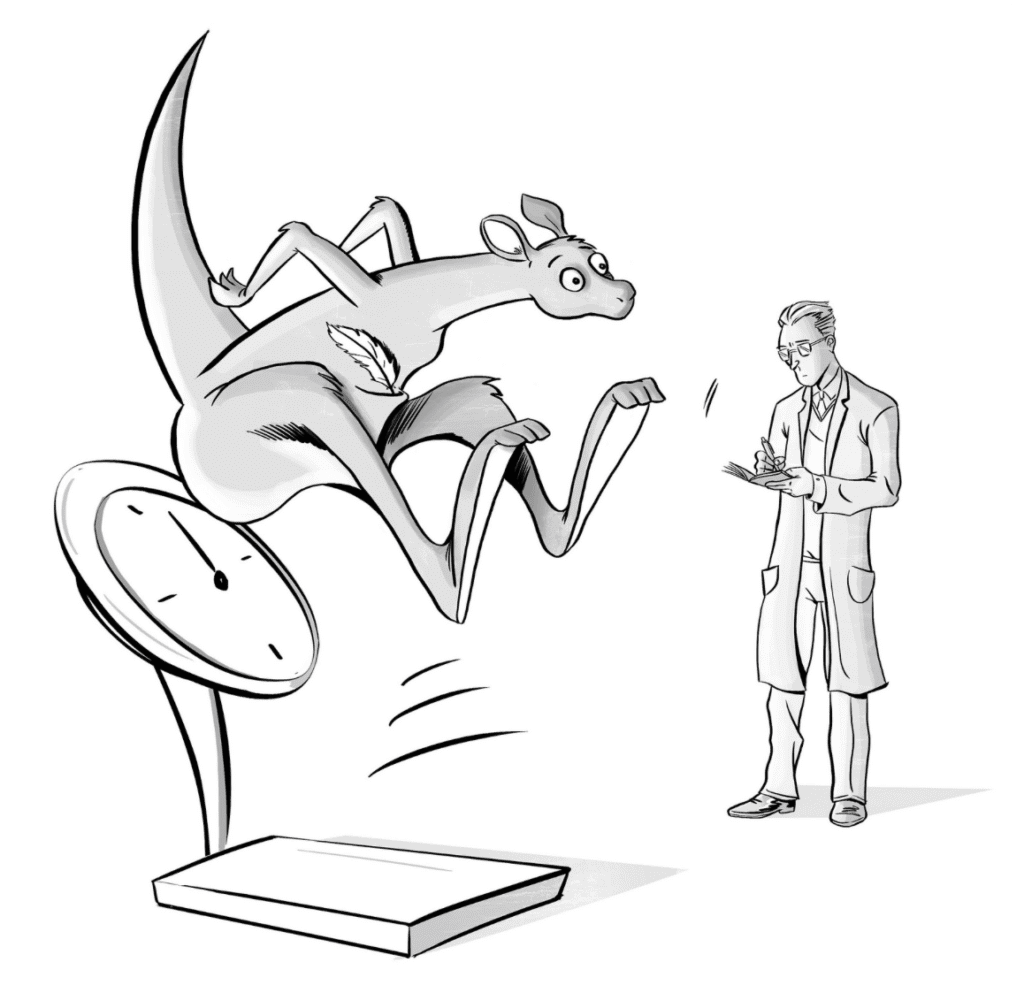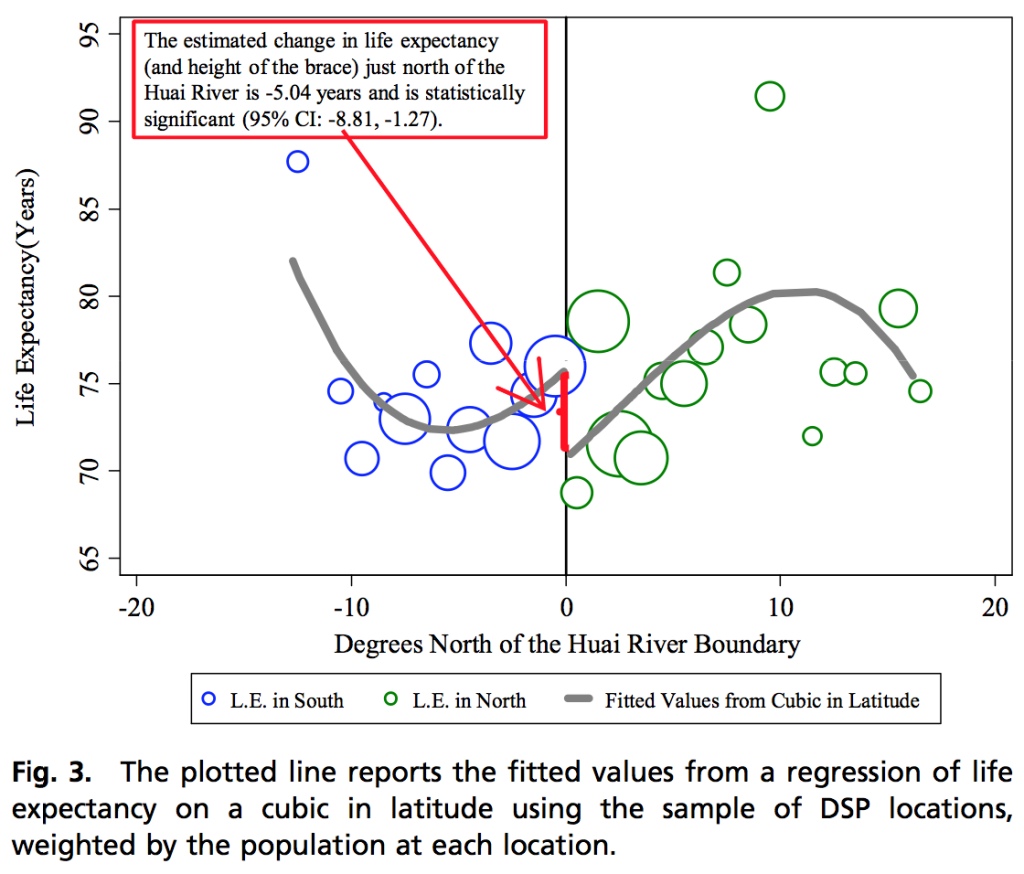This is Jessica. Recall that in 2020, NeurIPS added a requirement that authors include a statement of ethical aspects and future societal consequences extending to both positive and negative outcomes. Since then, requiring broader impact statements in machine learning papers has become a thing.
The 2024 NeurIPS call has not yet been released, but in 2023 authors were required to complete a checklist where they had to respond to the following: “If appropriate for the scope and focus of your paper, did you discuss potential negative societal impacts of your work?”, with either Y, N, or N/A with explanation as appropriate. More recently, ICML introduced a requirement that authors include impact statements in submitted papers: “a statement of the potential broader impact of their work, including its ethical aspects and future societal consequences. This statement should be in a separate section at the end of the paper (co-located with Acknowledgements, before References), and does not count toward the paper page limit.”
ICML provided authors who didn’t feel they had much to say the following boiler-plate text:
“This paper presents work whose goal is to advance the field of Machine Learning. There are many potential societal consequences of our work, none which we feel must be specifically highlighted here.”
but warned authors to “to think about whether there is content which does warrant further discussion, as this statement will be apparent if the paper is later flagged for ethics review.”
I find this slightly amusing in that it sounds like what I would expect authors to be thinking even without an impact statement: This work is like, so impactful, for society at large. It’s just like, really important, on so many levels. We’re out of space unfortunately, so we’ll have to leave it at that.\newline\newline\newline\newline Love, \newline\newline\newline\newline the authors \newline\newline\newline\newline
I have an idea that might increase the value of the exercises, both for authors and those advocating for the requirements: Have authors address potential impacts in the context of their discussion of related work *with references to relevant critical work*, rather than expecting them to write something based on their own knowledge and impressions (which is likely to be hard for many authors for reasons I discuss below). In other words, treat the impact statement as another dimension of contextualizing one’s work against existing scholarship, rather than a free-form brainstorm.
Why do I think this could be an improvement? Here’s what I see as the main challenges these measures run into (both my own thoughts and those discussed by others):
- Lack of incentives for researchers to be forthright about possible negative implications of their work, and consequently a lack of depth in the statements they write. Having them instead find and cite existing critical work on ethical or societal impacts doesn’t completely reconcile this, but presumably the critical papers aren’t facing quite the same incentives to say only the minimum amount. I expect it is easier for the authors to refer to the kind of critiques that ethics experts think are helpful than it is for them to write such critical reflections themselves.
- Lack of transparency around how impacts statements factor into reviews of papers. Authors perceive reviewing around impacts statements as a black box, and have responded negatively to the idea that their paper could potentially get rejected for not sufficiently addressing broader impacts. But authors have existing expectations about the consequences for not citing some relevant piece of prior work.
- Doubts about whether AI/ML researchers are qualified to be reflecting on the broader impacts of their work. Relative to say, the humanities, or even areas of computer science that are closer to social science, like HCI, it seems pretty reasonable to assume that researchers submitting machine learning papers are less likely to gravitate to and be skilled at thinking about social and ethical problems, but skilled at thinking about technical problems. Social impacts of technology require different sensibilities and training to make progress on (though I think there are also technical components to these problems as well, which is why both sides are needed). Why not acknowledge this by encouraging the authors to first consult what has been said by experts in these areas, and add their two cents only if there are aspects of the possible impacts or steps to be taken to address them (e.g., algorithmic solutions) that they perceive to be unaddressed by existing scholarship? This would better acknowledge that just any old attempt to address ethics is not enough (consider, e.g., Gemini’s attempt not to stereotype, which was not an appropriate way to integrate ethical concerns into the tech). It would also potentially encourage more exchange between what currently can appear to be two very divided camps of researchers.
- Lack of established processes for reflecting on ethical implications in time to do something about them (e.g., choose a different research direction) in tech research. Related work is often one of the first sections to be written in my experience, so at least those authors who start working on their paper in advance of the deadline might have a better chance of acknowledging potential problems and adjusting their work in response. I’m less convinced that this will make much of a difference in many cases, but thinking about ethical implications early is part of the end goal of requiring broader impacts statements as far as I can tell, and my proposal seems more likely to help than hurt for that goal.
The above challenges are not purely coming from my imagination. I was involved in a couple survey papers led by Priyanka Nanayakkara on what authors said in NeurIPS broader impacts statements, and many contained fairly vacuous statements that might call out buzzwords like privacy or fairness but didn’t really engage with existing research. If we think it’s important to properly understand and address potential negative societal impacts of technology, which is the premise of requiring impacts statements to begin with, why expect a few sentences that authors may well be adding at the last minute to do this justice? (For further evidence that that is what’s happening in some cases, see e.g., this paper reporting on the experiences of authors writing statements). Presumably the target audience of the impact statements would benefit from actual scholarship on the societal implications over rushed and unsourced throwing around of ethical-sounding terms. And the authors would benefit from having to consult what those who are investing the time to think through potential negative consequences carefully have to say.
Some other positive byproducts of this might be that the published record does a better job of pointing awareness to where critical scholarship needs to be further developed (again, leading to more of a dialogue between the authors and the critics). This seems critical, as some of the societal implications of new ML contributions will require both ethicists and technologists to address. And those investing the time to think carefully about potential implications should see more engagement with their work among those building the tools.
I described this to Priyanka, who also read a draft of this post, and she pointed out that an implicit premise of the broader impact requirements is that the authors are uniquely positioned to comment on the potential harms of their work pre-deployment. I don’t think this is totally off base (since obviously the authors understand the work at a more detailed level than most critics), but to me it misses a big part of the problem: that of misaligned incentives and training (#1, #3 above). It seems contradictory to imply that these potential consequences are not obvious and require careful reflection AND that people who have not considered them before will be capable of doing a good job at articulating them.
At the end of the day, the above proposal is an attempt to turn an activity that I suspect currently feels “religious” for many authors into something they can apply their existing “secular” skills to.





